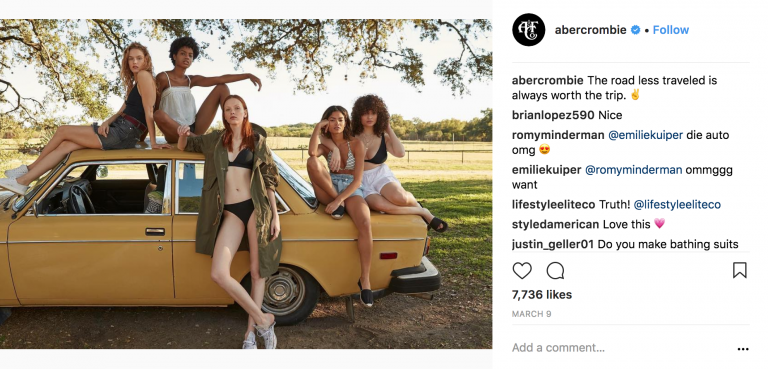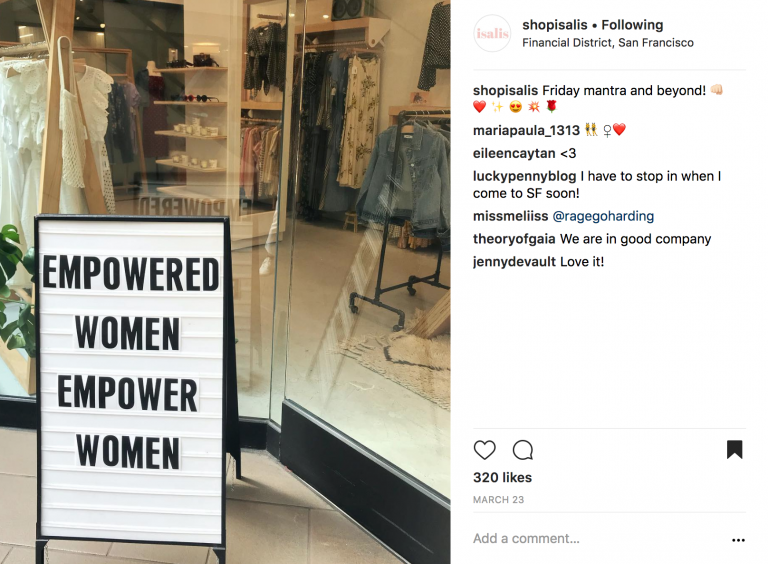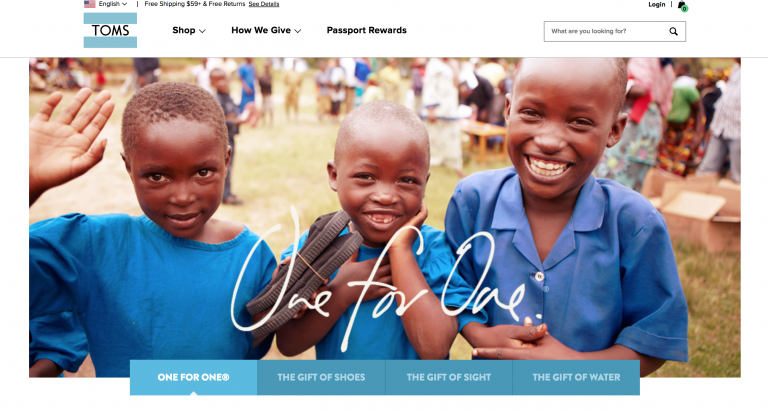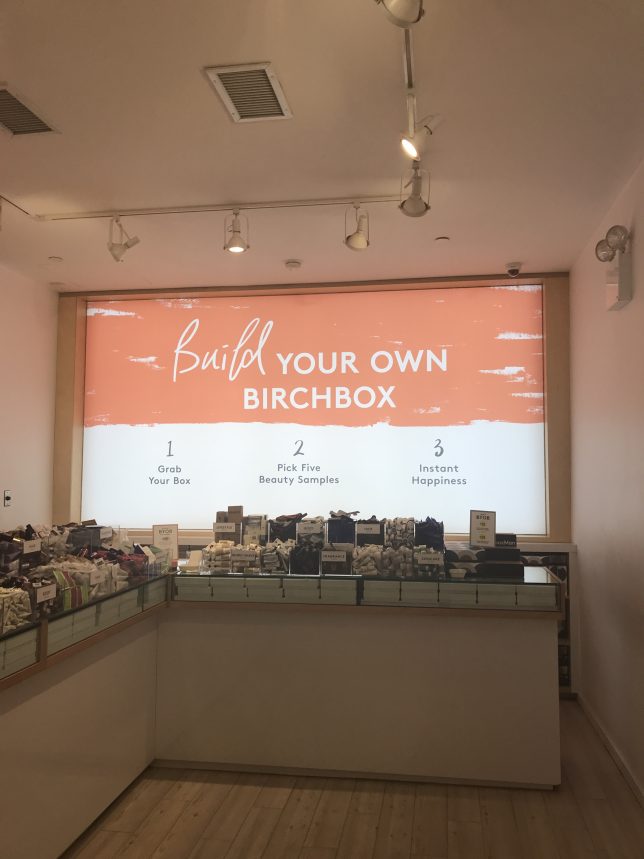That segment is none other than Generation Z. Born after 1995, the oldest Gen Z consumers are still in their early 20s, but their numbers and retail influence are growing rapidly. According to Fast Company, Gen Z “makes up a quarter of the U.S. population and by 2020 will account for 40% of all consumers.”
If your store caters to these teens and early twenty-somethings, keep reading. In this post, we’re discussing the key traits of Gen Z along with tips to help you sell and market to them.
Gen Z traits and characteristics
What’s Generation Z like and how are they different from (or similar to) other consumer groups? Here are a few key characteristics:
They want to be part of product development
According to the National Retail Federation, Gen Z shoppers “like to be part of the product creation process, and are much more willing to share feedback and product improvement suggestions with brands.”
This is one of the biggest differentiators of Gen Z from millennials, notes the NRF, as the former “want brands to cater to them, and expect purchases to reflect their personalities and values.”
Gen Z shoppers want to do good
This isn’t to say that young consumers aren’t without their values. Like millennials, Gen Z-ers is driven to do good. Research has shown that this particular generation cares about various environmental issues (76% are concerned about humanity’s impact on the planet) as well as social causes such as racial, gender, and income inequality.
Studies have also shown that 60% of Gen Z consumers “want their jobs to impact the world”, and “26% of 16-to-19-year-olds currently volunteer.
They trust influencers more than traditional celebrities
Out of all consumer segments, Gen Z-ers are the consumers who trust traditional advertising and marketing the least. This is particularly true when it comes to digital influencers versus traditional celebrities.
A report by Fullscreen found that “over half of teens would prefer to see a brand advertise via social influencers rather than produce TV commercials, pre-roll video ads, sponsored articles/posts or banner ads.”
This generation is practical and realistic
Majority of Gen Z-ers are “are risk-averse, practical, and pragmatic,” notes Fast Company.
The publication found:
Whereas millennials were criticized for their lack of focus, Gen Z are determined to plan ahead. Gen Z have been strongly shaped by their individualistic, self-reliant Gen X parents and they’re committed to avoiding the mistakes their meandering millennial predecessors made. “I need a job that will come out with money, otherwise college will be a waste”, says Marcus, 17. “I want to pick a career that is stable.”
They appreciate brick-and-mortar stores
Here’s something that might surprise you about Generation Z shoppers: to them, physical retail is far from dead. A study by CrowdTwist found that “57% of Generation Z prefer shopping in-store… Despite being digital natives, Generation Z prefer to shop in-store rather than online, and a slightly larger percentage of them compared to Millennials prefer to do so.”
That said, offline shopping still needs to be aided by technology. According to research by HRC Retail Advisory, to the vast majority of Gen Z-ers (over ninety percent) having a strong Wi-Fi signal is essential to a great shopping experience.
This is because while young consumers like to shop offline, they prefer to do so with technology (smart devices, in-store tech) close by.
“[While Gen Z] was born with a smartphone in hand, it doesn’t keep them from shopping – and even preferring to shop – in brick and mortar stores, as long as they have access to their ever-important social network,” said Farla Efros, President of HRC Retail Advisory.
How can retailers market and sell to Gen Z?
Now that you know have a better idea of what Gen Z is like, it’s time to figure out the best way to market and sell to them.
Here are some ideas of what you can do:
Be real and inclusive
Out of all that generations and shopper groups, Generation Z has the least amount of trust for traditional ads and marketing campaigns. These consumers can see right through those perfectly touched-up commercials, and they’re not impressed.
To move and engage Gen Z shoppers, you need to be authentic. Feature real people and stories in your campaigns and build a brand that’s down to earth and relatable.
One example of a brand that’s doing this (and seeing results) is Abercrombie & Fitch. After falling from grace a few years ago, the company set out on a new strategy to reinvent itself. One of the things it did? Revamp its marketing strategy.
As Glossy reports, the company “moved away from the scantily clad, thin, white models it was known for, and instead embraced diversity across race and size.”

It also launched its “Made for You” campaign in which it featured real people (instead of “hot” models) showing off the brand’s clothes on the streets of Memphis, Tempe, and Austin.
Engage Gen Z through technology
Gen Z-ers appreciate brick-and-mortar stores, but they still love their technology. Remember, this generation comprises of digital natives. They grew up with the internet, and unlike Generations X and Y, they know very little about analog technologies.
For this reason, you can’t afford not to adopt technology in your business.
Start with great connectivity – For starters, make sure your young customers can access the internet from your store. Shopping is a social experience, and for Gen Z, the “social” component comes in when they whip out their phone to share an Instagram Story or post about their experience on Facebook.
Encourage social media shares – Speaking of which, make sure your store is social-media-friendly. Create spaces that are snap- and share-worthy. Your young customers will thank you for it. You don’t even have to splurge to get this right. Sometimes, a witty or empowering sign outside your door can do the trick.
Here’s an example from Isalis in San Francisco.

Consider non-traditional payment methods – If you’re only accepting cash and credit cards, consider expanding to other payment options such as mobile payments. This is particularly important if you’re selling to younger customers.
These consumers love their phones and there’s a good chance they already have their payment details stored on their devices. Why not make it easy for Gen Z shoppers to use them?
Don’t forget the non-customer-facing tech – They’re not exactly sexy, but the technologies that power your inventory management, point of sale, and reporting are still critical to the shopping experience.
Case in point: stock control. 66% of Gen Z-ers would shop at a store more if they could check inventory beforehand. This means that if you want to win over these customers, you need to make your inventory available online and ensure that it syncs with your offline catalog.
The only way to do that is through a retail management system that seamlessly connects your various sales channels.
Personalization is also an important factor when selling to Gen Z (or any generation for that matter). Shoppers today want to you to cater to their specific needs and preferences, and the only way to do that is to collect the right shopper data through a robust CRM.
Team up with influencers
As we mentioned earlier, Generation Z trust influencers more than traditional celebrities. Rather than teaming up with a celebrity to endorse your brand, you’ll find more success (and likely spend less) teaming up with influencers or even just real people whom your customers can look up to.
Here are some ideas:
Scouring the web – Use tools such as Alltop, Alexa, or even good old Google to search for bloggers in your niche. Sort through the websites, check out how authoritative or influential they are, and then take note of the ones you could approach.
Searching on social media – Use the native search features of Facebook and Twitter, or leverage a tool like Social Searcher to find mentions of your products or brand. Hashtags can also do the trick. Tiffany Willson, co-founder of home design app Roomhints says that they make use of hashtags to find influencers in their space. “Retailers can find the right influencers by searching relevant hashtags on Twitter. The key people within the industry will pop up.”
Look through your database – You may not have to look too far to find the key people you need. Customers who love your store would likely be more than happy to refer their friends or talk up your brand. Go through your database, find your best customers (Hint: these are your top-spenders and frequent shoppers) and see if they’re up for the task.
Once you find people who can help amplify your brand, get in touch and strike up an agreement on how you can work together.
Further Reading
Need more tips on how to work with influencers? Check out our post, How Retailers Can Tap Into Influencers to Drive Word of Mouth and Sales.
Invest in corporate social responsibility
As we mentioned earlier, Gen Z consumers care a great deal about various social environmental issues. That’s why it pays to invest in corporate social responsibility (CSR). Depending on your business, there are a number of ways to do this.
Donating to charity – One idea is to donate a portion of your sales to charity. Find a charity or cause to support, then pledge to give something every time shoppers purchase something from you.
TOMS does this through its One for One® program, an initiative in which the company provides “shoes, sight, water, safe birth and bullying prevention services to people in need.”

GAP’s Give Twice program is another example. For every gift card sold, the retailer donates 2% of the purchase to organizations such as CARE or Communities in Schools.
Sourcing and producing your products responsibly – CSR can also mean being more conscious of how you source and produce your merchandise. Are you implementing human- and environment-friendly business practices? What about your suppliers or vendors?
If the answer is no, consider aligning yourself with suppliers or manufacturers who have the worlds’ common good in mind.
Consider Everlane, which only works with factories with integrity and values. “We visit them often, and build strong personal relationships with the owners,” says Everlane on its website. “This hands-on approach is the most effective way to ensure a factory’s integrity. As an added assurance we also require stringent workplace compliancy paperwork.”
Enable product customization
Gen Z shoppers love being part of the product development process, so be sure to seek their input when you’re trying to decide what merchandise to sell.
Or better yet, why not let them build the products themselves? If it makes sense for your business, see if you can enable your customers to build and customize their merchandise. Consider Build-a-Bear which specializes in stuffed animal customization.

Shoppers truly make a toy their own by choosing everything from the type of animal, to its clothes, accessories, and even sounds and scents.
Not selling items that can be “built” on the spot? Then let shoppers built collections of products instead. Birchbox does this really well through its “Build your own Birchbox” program.

While the company still says curated boxes, it also offers shoppers to literally create their own boxes. All they need to do is pick the box size they want then select product samples to put in it.
Your turn
Do you have a lot of Gen Z customers? How are you selling and marketing to them? Let us know by tweeting at us or dropping us a line of Facebook.
Retail Giveaway
Is there any area in your retail business that you need help with? Perhaps you need expert advice on improving your sales, marketing, or merchandising.
Whatever the case, we’ve got your back. Vend has teamed up with not one, not two, but THREE retail experts to bring you the ultimate retail giveaway! We’ve joined forces with retail anthropologists Rich Kizer and Georganne Bender, as well as RetailMinded founder Nicole Reyhle to give youa retail training bundle that can set you up for success.
We’re giving away exciting prize packages to 5 lucky retailers who need help taking their business to the next level.

